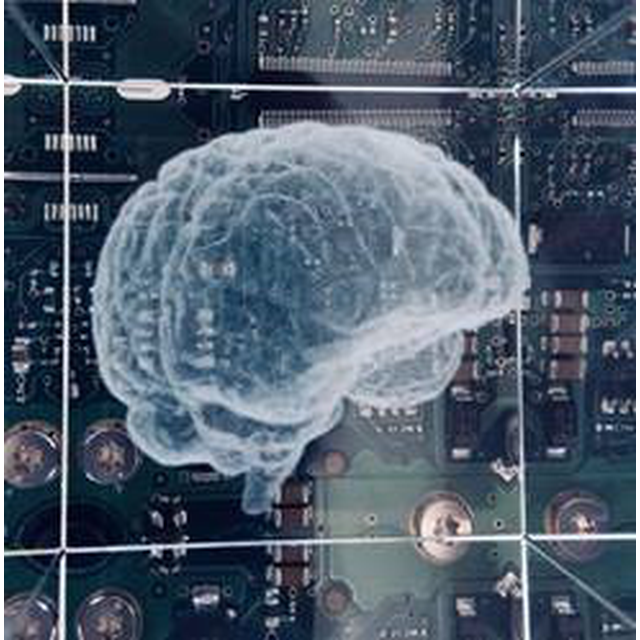CNRS Press Release − April 18, 2018
Researchers from the Unité Mixte de Physique CNRS/Thales and the Centre de Nanosciences et de Nanotechnologies - C2N (CNRS/Université Paris-Sud), in collaboration with Japanese scientists, have developed a new type of sensory nano-neuron. This time1 it uses the properties of superparamagnetism2 to better mimic the properties of the sensory parts of the nervous system. The researchers used neuron assemblies for inspiration. Those can propagate learning to a larger population when they are taught to do something. Once functions are implemented, the nano-neurons can, for example, decode them and if need be reproduce cursive letters. This innovation in the domain of nanotechnologies draws inspiration from neuroscience by imitating strategies used by the visual and motor cortices. Eventually, the researchers plan to assemble, in collaboration with other laboratories, several types of nano-neurons and nano-synapses to create a single neuromorphic network, a future artificial nervous system that would involve the team developing ever more complex networks uniting sensory functions (sight, touch, etc.) and use less energy than current computers.
This article was published on April 18, 2018 in Nature Communications.
1 Press release “Le premier nano-neurone capable de reconnaissance vocale voit le jour” - September 19, 2017
2 Nano-magnets which, because they are so small, exhibit an unstable, random nature
Reference
« Neural-like computing with populations of superparamagnetic basis functions » Alice Mizraahi, Tifenn Hirtzlin, Akio Fukushima, Hitoshi Kubota, Shinji Yuasa, Julie Grollier, Damien Querlioz
Contacts
Damien Querlioz | (+33) 1 69 15 33 58 | Centre de nanosciences et de nanotechnologies (CNRS/Université Paris-Sud)
Julie Grollier | +33 (0)1 69 41 58 61 | Unité mixte de physique CNRS/Thales
Juliette Dunglas | +33 (0)1 44 96 46 34 | Press CNRS









